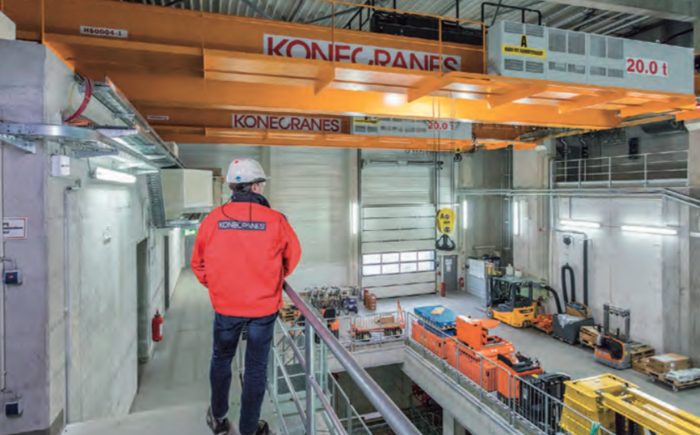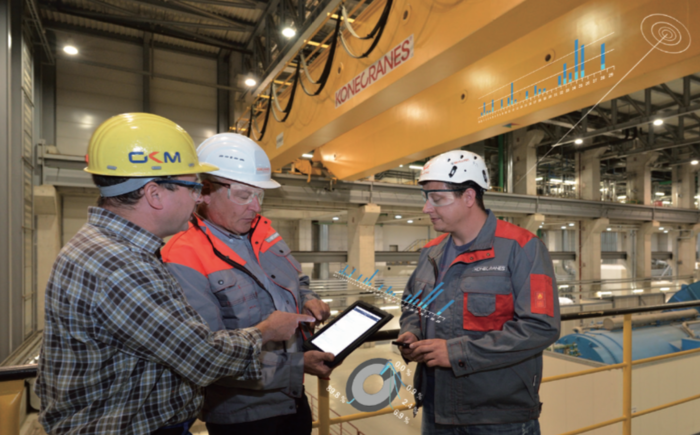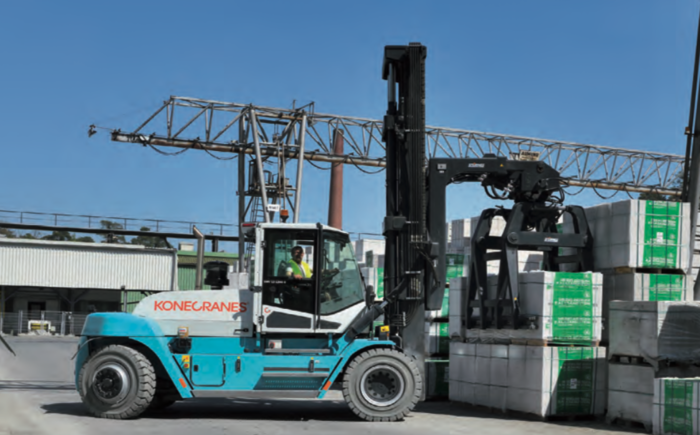In May of 2011, a railroad company had ordered two Konecranes 60-ton CXT cranes to be used in their train fabrication bay. The cranes were originally purchased to run independently from each other on the same runway rail.
However, about a month before the arrival date, staff realized they needed both cranes to lift the 120-foot train frames in tandem. This would increase load stability and reduce the risk of the cranes colliding. We agreed that dual operator radio controls were a must, so we worked quickly and finished the upgrade during the originally scheduled installation timeline.
After we programmed the controls for this new system and provided critical safety training, operators were able to move frames quickly, efficiently, and most importantly—safely.
New machines, new obstacle
But our work wasn’t done. When the company added two automated welding machines to speed up the frame building process, it changed the scope of the project again. With the new machines’ location blocking their view, crane operators could only move the frames to a certain point before they needed to stop to walk around the machine. This caused a 45-second window where the operator lost sight of the load.
Safer lifting with "pitch and catch"
We suggested a new way to program the controls, called “pitch and catch,” which allows one operator to start a complicated move, but when he gets to the point he cannot continue due to an obstructed view or his location, he can send a signal to another operator with a second transmitter that is in a safer position or a better view to finish the move.







